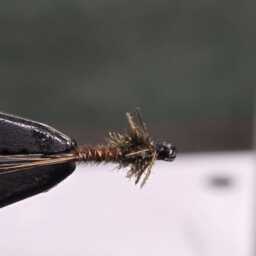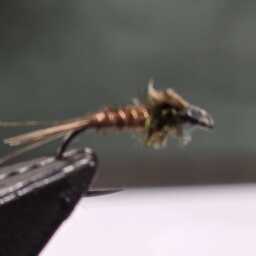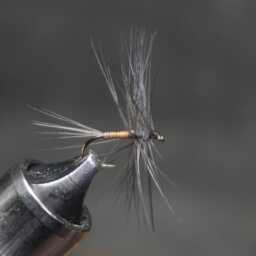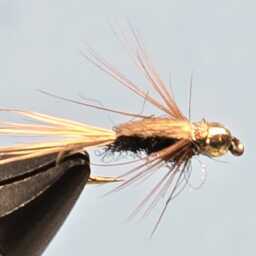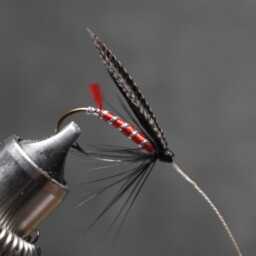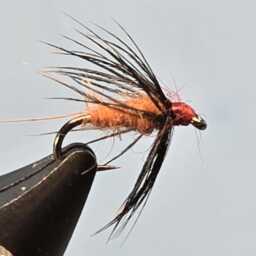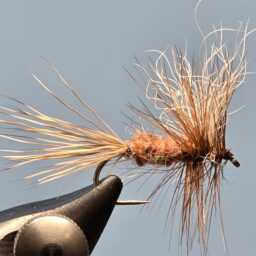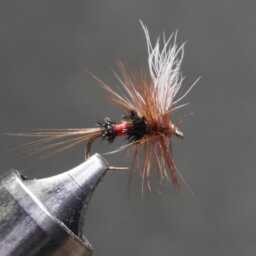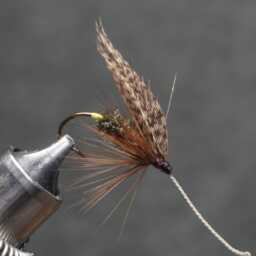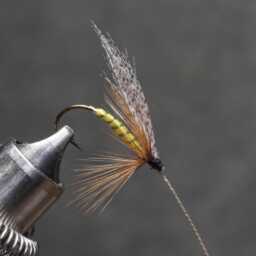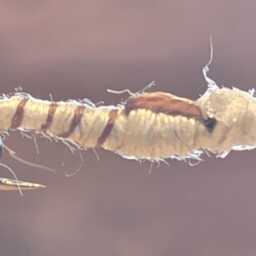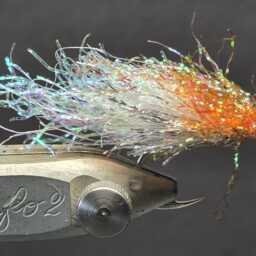Dotterel Soft Hackle Fly:
Utilizes dotterel feathers for soft hackle patterns, creating a lively and subtle movement in the water.
Materials: Dotterel feathers for soft hackle, dubbing for body, and suitable hook and thread.
Dotterel Winged Wet Fly:
Incorporates dotterel feathers for wing patterns in traditional wet flies.
Materials: Dotterel feathers for wing, thread, body material, and hook suitable for wet fly patterns.
Dotterel Nymph Pattern:
Uses dotterel feathers for legs or wing cases in nymph patterns, providing a natural and attractive appearance.
Materials: Dotterel feathers for legs or wing cases, nymph body materials, hook, and thread.
Dotterel Streamer Fly:
Integrates dotterel feathers for streamer fly patterns, adding distinct coloration and movement.
Materials: Dotterel feathers for tail or wing, streamer body materials, hook, and thread.
Feathers: Cream/Buff, Brown, Grey, Orange, Black, White
Appearance: Handsome plover with a gentle, dove-like face.
Breeding Plumage: Bold white eyebrow, white breast band above rusty-orange belly with a black center.
Nonbreeding Plumage: Overall buffy, with whitish eyebrow and breast band.
Habitat: Dry upland habitats including moorland, tundra, fields, golf courses, and mountaintops. Often observed in small, sometimes tame groups.
These patterns can vary in complexity and tying techniques, but they all incorporate the unique feathers of the Eurasian dotterel to create effective and visually appealing flies for fishing.
Description:
The Eurasian dotterel, also known as just dotterel in Europe, belongs to the plover family. It’s a small, brown-and-black-streaked bird featuring a broad white eye stripe and an orange-red chest band during breeding. The female exhibits more vibrant colors than the male. Interestingly, the term “dotterel” has been historically used contemptuously to refer to an old fool due to this bird’s tame and unsuspecting nature.
Habitat and Behavior:
This migratory species breeds in Northern Europe and Eurosiberia, migrating south to North Africa and the Middle East during winter. Dotterels nest on the ground in a bare scrape, laying two to four eggs. An intriguing aspect of their behavior is the male’s responsibility for incubation and chick rearing while the female seeks another mate to lay more eggs. Despite being a common bird with a wide range, it’s classified as of “least concern” by the International Union for Conservation of Nature.
Physical Characteristics:
Dotterels are smaller and more compact than European golden plovers. They display a distinctive whitish supercilium and plain wings during flight. In summer, adults boast a chestnut breast bordered by white, a black belly, and a warm-brown back. Yellow legs and a short black bill complete their appearance. Winter and young birds have a less vivid coloration and a scaly look on their backs. Their flight call is a soft pyurr, while the female’s song is a simple repetitive whistle.
Unique Traits:
An intriguing fact about dotterels is the reversal of roles between the sexes. The adult female is brighter in coloration and leaves the male in charge of raising the young. Adults exhibit grey-brown upperparts, a bright chestnut belly, a white chest band, throat, and eyestripe contrasting with their dark cap. During migration in spring, they are often observed in groups or ‘trips’ at traditional stopover spots.
« Back to Glossary Index
